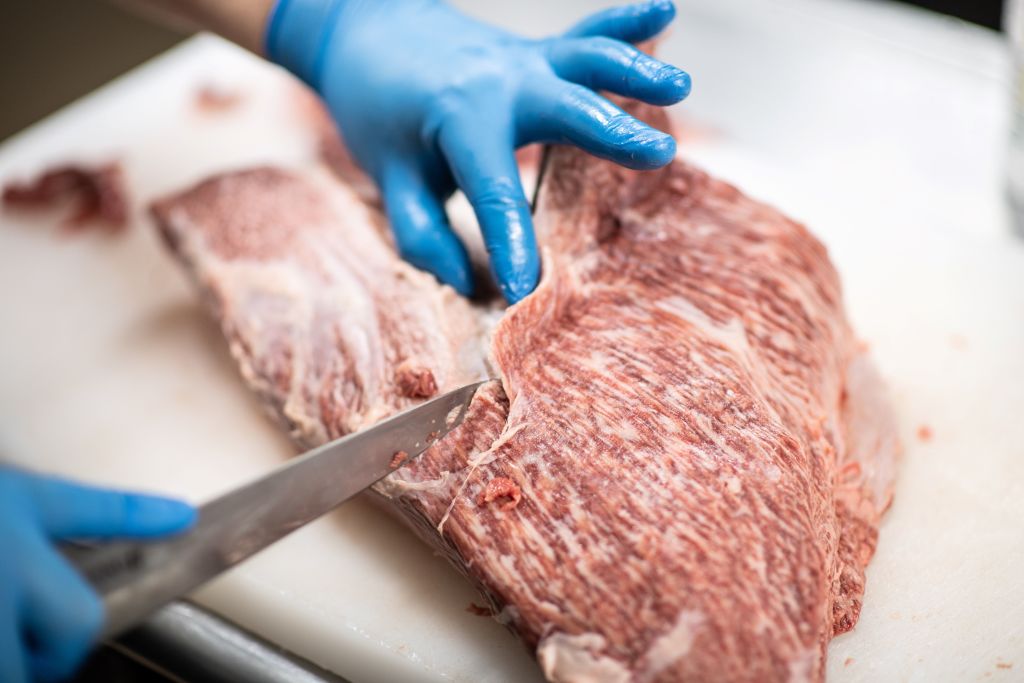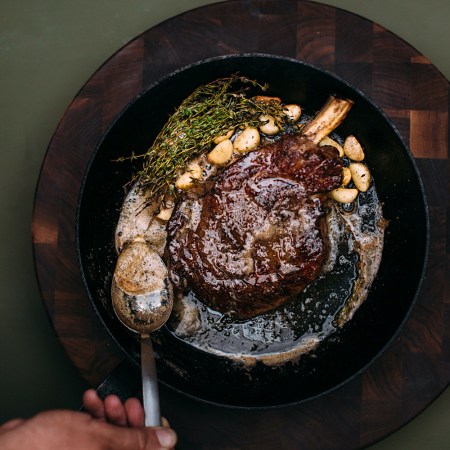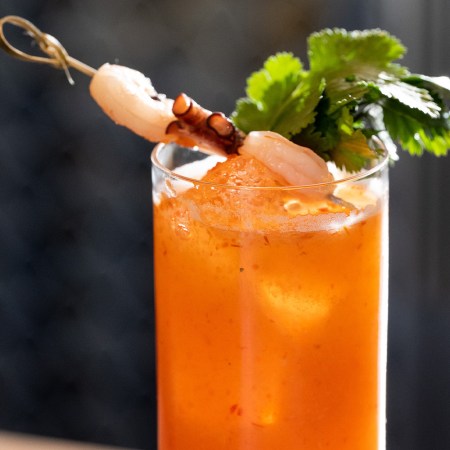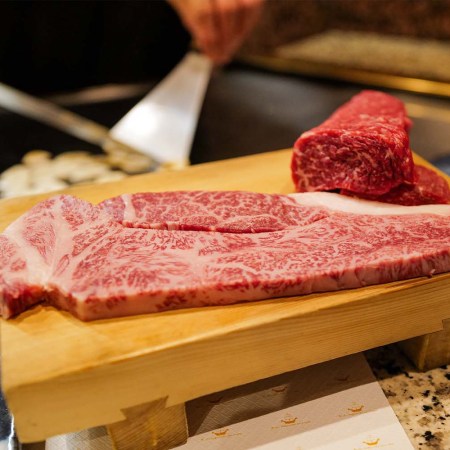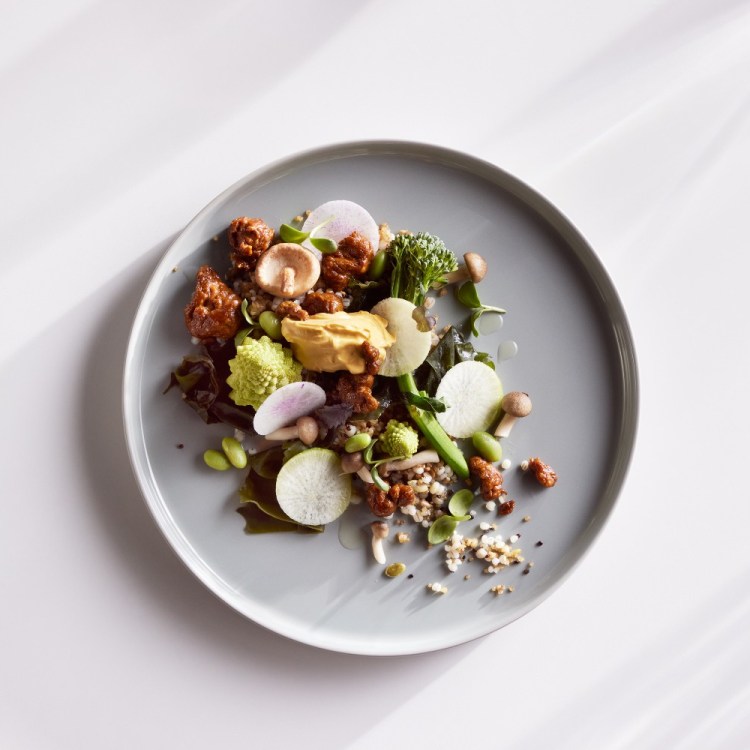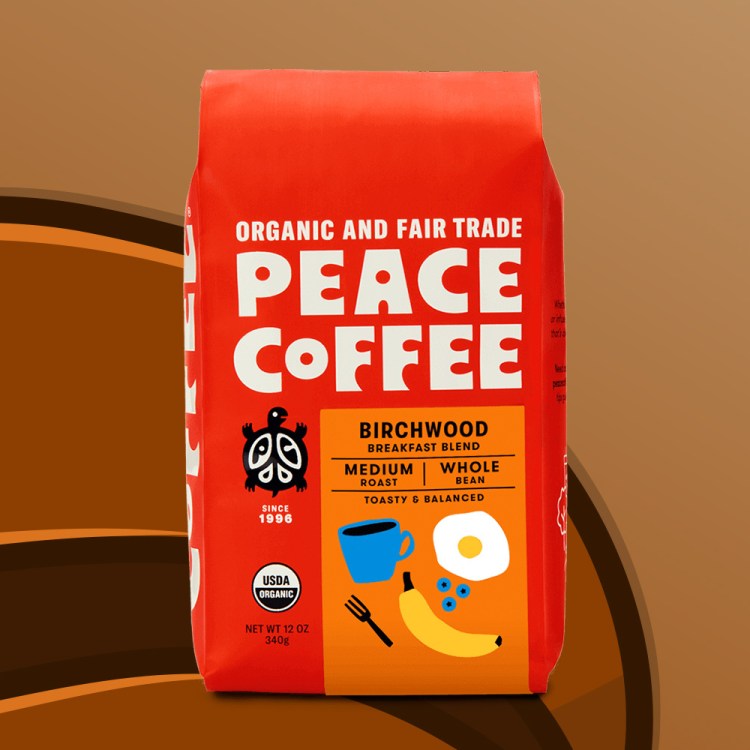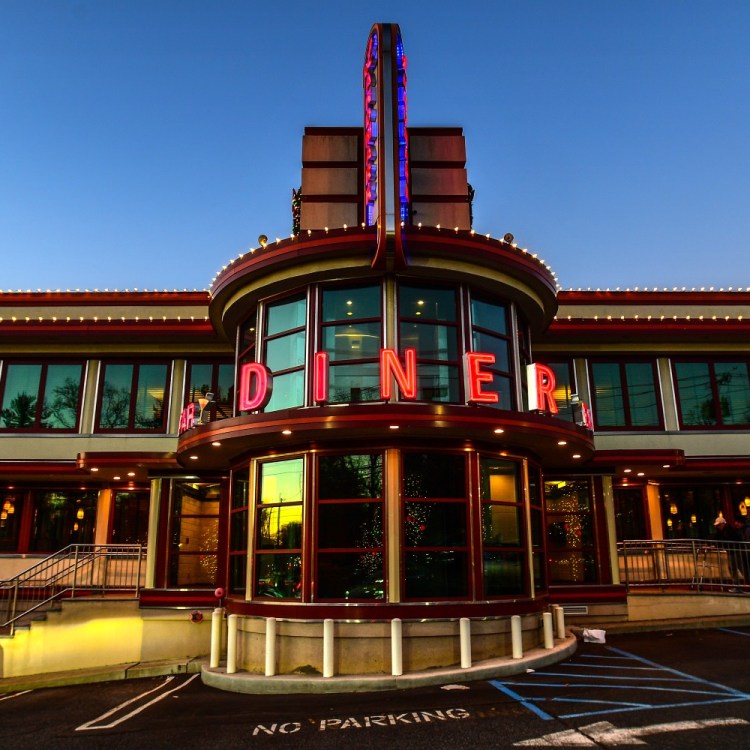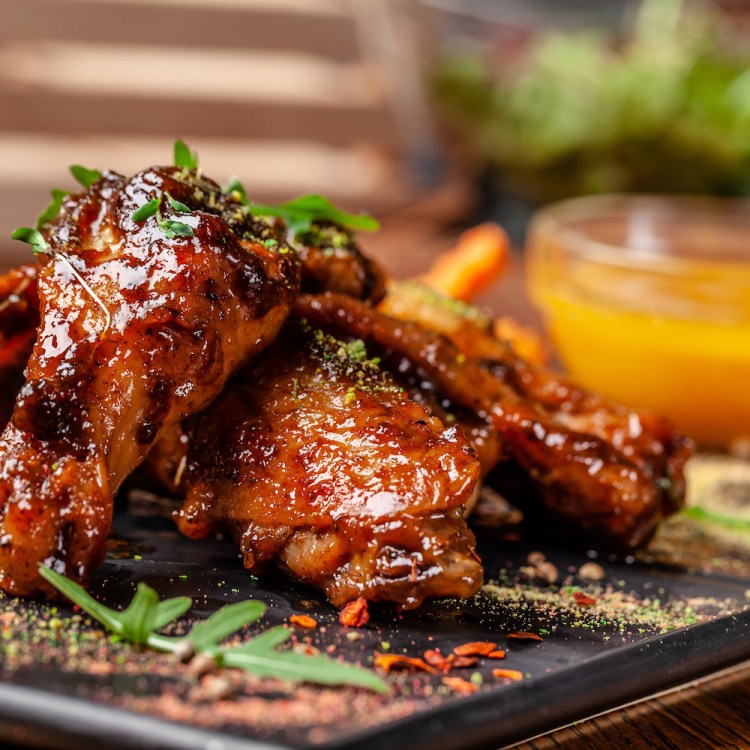What makes for a great cut of beef? For many aficionados, the apex of the form comes via Wagyu steak, which originates via a breed of Japanese cow with a unique way of metabolizing fat. This leads to an incredibly rich flavor — and a price that’s a literal cut above most other steaks on the market.
Once you have Wagyu steak, though, there are several things one can do with it to heighten its flavor even more and make it even more rarefied. Olive Wagyu is one such example, in which the diet these cows are fed helps shape the flavor of their meat even more. Another distinctive method, however, involves a process that might look surreal at first: storing some of the world’s most desirable cuts of meat in a warehouse in the snow and letting them age.
A new article by Kate Krader at Bloomberg Businessweek explores the rise in popularity of snow-aged Wagyu. “The prized beef is aged for 30 days in a yukimoro, a storehouse covered with snow,” Krader writes. “Instead of relying on an industrial, sometimes inconsistent cooling system, snow-aged wagyu sits in a pristine, humid, and very cold environment, tenderizing as oxygen breaks down its fibers.”
The man behind this is Takashi Uono, head of Uoshoku Co. — and his business is growing. Krader notes that his business sold 29,000 pounds of this particular type of meat in 2019, up from 13,800 pounds in 2015. And it’s not cheap; in the United States, one pound will set you back around $300.
Still, it’s a distinctive steak among distinctive steaks — and, for those who savor it, a flavor like nothing else.
Join America's Fastest Growing Spirits Newsletter THE SPILL. Unlock all the reviews, recipes and revelry — and get 15% off award-winning La Tierra de Acre Mezcal.
